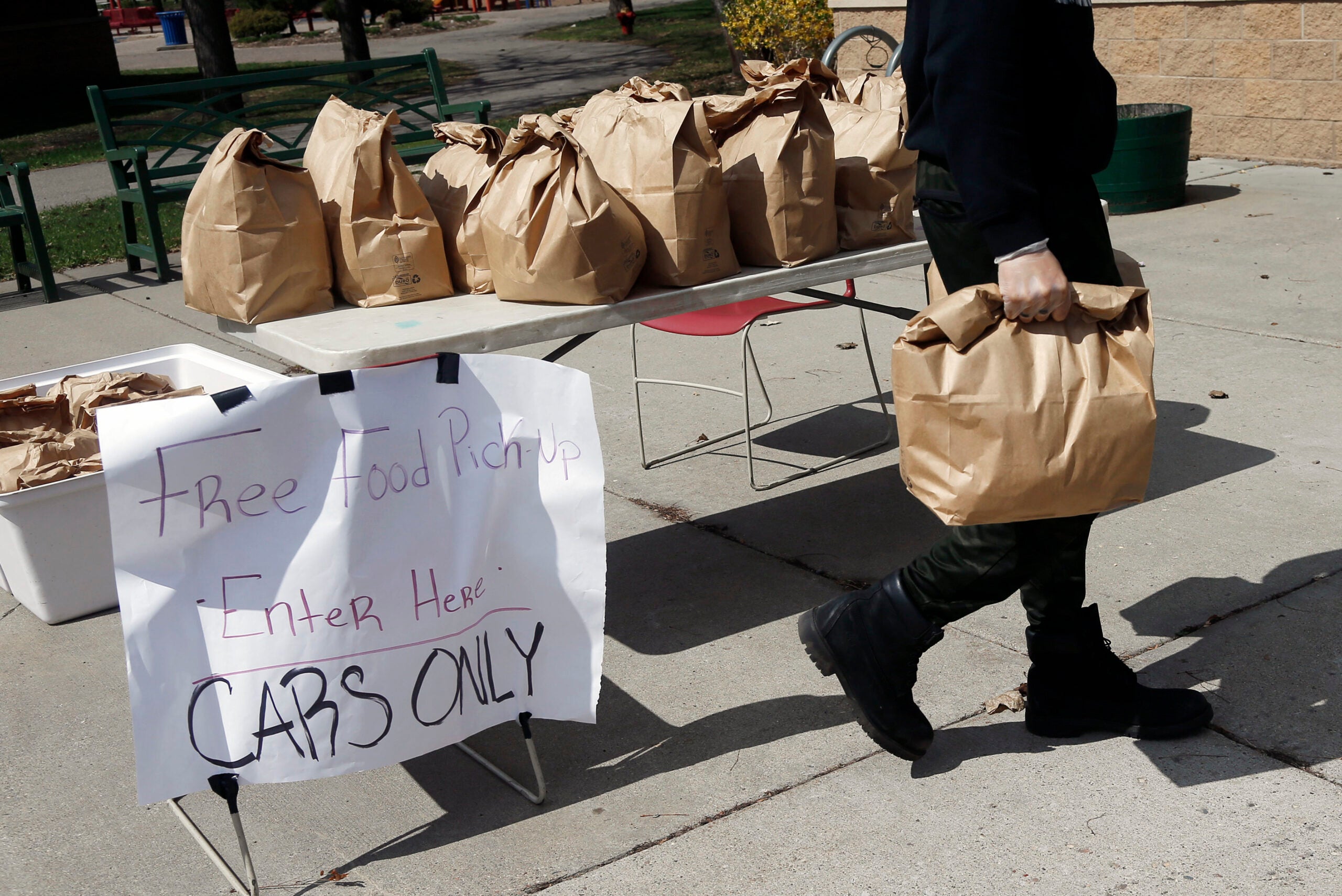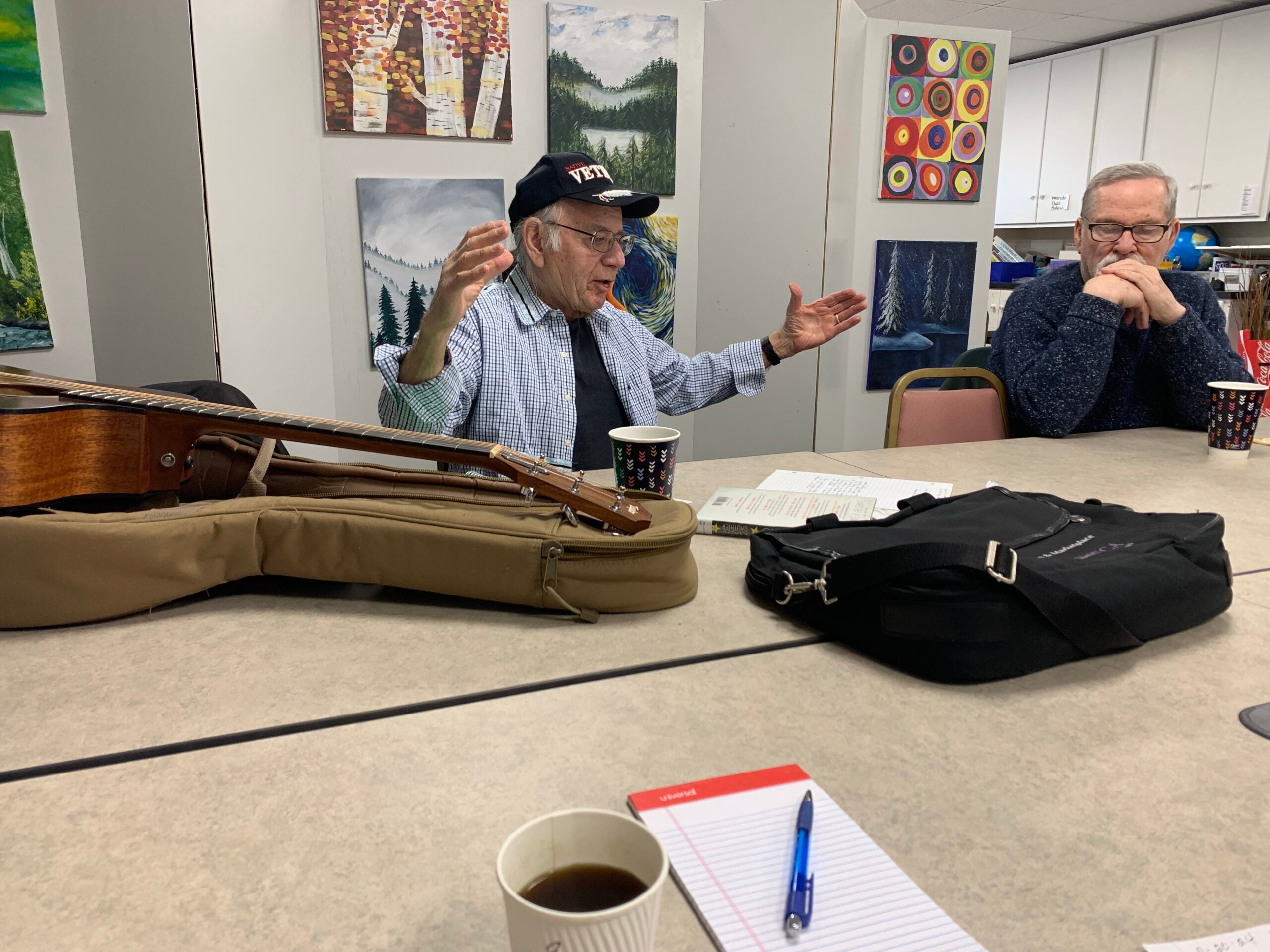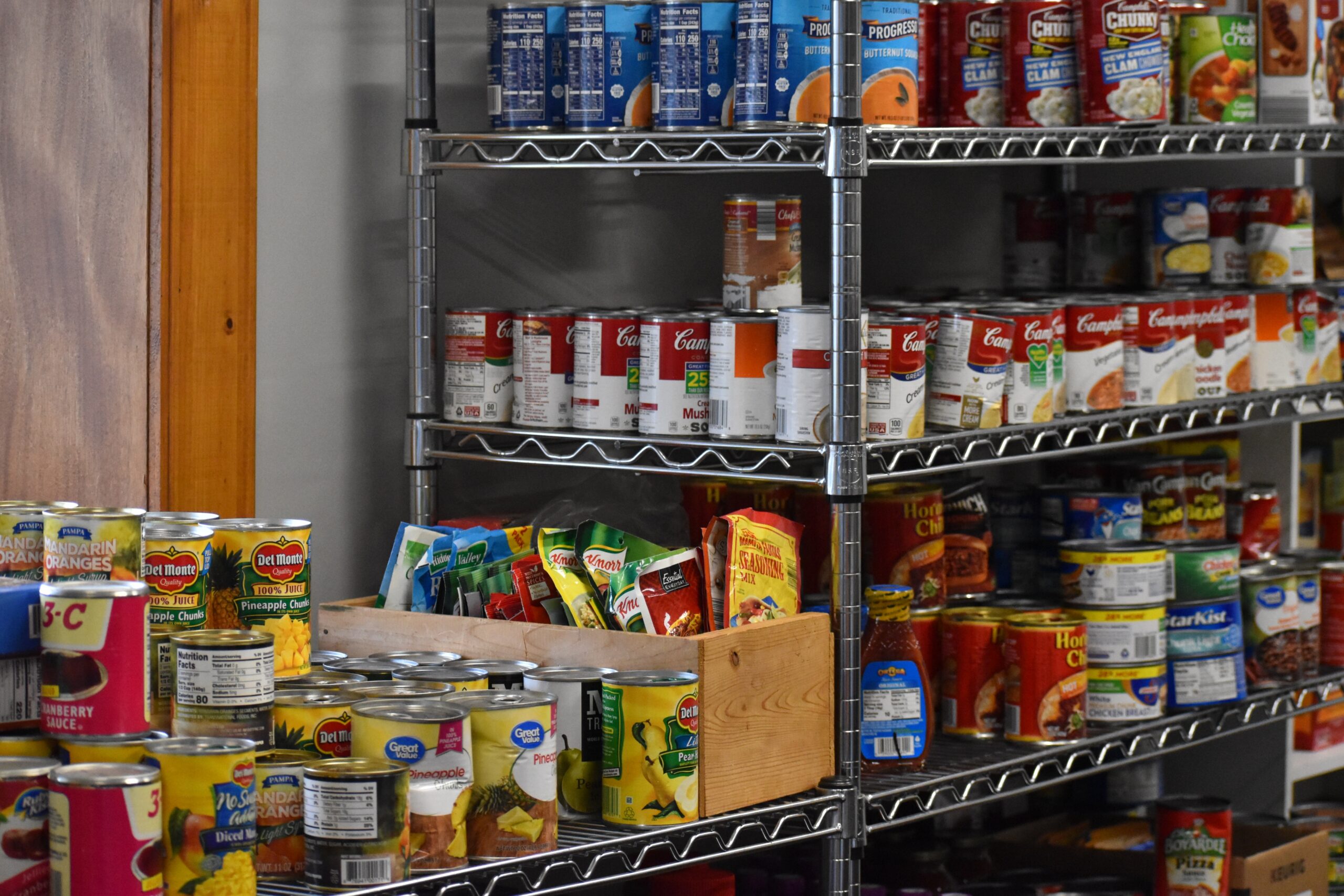With students home and a large number of Wisconsinites out of work due to the coronavirus pandemic, many Wisconsin nonprofits are seeing increased demand for their services while also facing new challenges, according to a recent report.
Researchers from six University of Wisconsin System schools surveyed nonprofits across the state, determining that “dramatic shifts in the nonprofit sector due to COVID-19 were apparent.” The online survey was conducted April 14-29 with more than 600 nonprofits from 54 Wisconsin counties responding.
According to the report, 47 percent of nonprofits have had to reduce programming due to the pandemic. The same percentage have downsized their staff.
News with a little more humanity
WPR’s “Wisconsin Today” newsletter keeps you connected to the state you love without feeling overwhelmed. No paywall. No agenda. No corporate filter.
Meanwhile, 80 percent of organizations are seeing fewer volunteers.
Studio 84 in Whitewater, an arts organization that serves people with disabilities, closed in March, according to the report. Its two staff members couldn’t meet the needs of all its clients when the organization’s volunteers, many of them students at UW-Whitewater, were sent home.
The report shows nonprofit executives have a variety of concerns when it comes to their future — from lost revenue and declining donations to ensuring safe conditions for staff, volunteers and clients.
Some nonprofit workers have requested personal protective equipment or hazard pay, according to the report. It’s difficult for many organizations to cover those costs at a time when more than 50 percent of nonprofits said they’re worried about making rent.
One anonymous survey respondent said the pandemic has created a “moral dilemma” for their organization.
“We are trying to determine how we could safely resume street outreach to homeless clients,” they wrote. “How much risk can we ask staff to take?”
As the pandemic has altered the lives of people across Wisconsin, 11 percent of nonprofits said they’ve shifted their programming to address basic needs like food and transportation. Meanwhile, 28 percent said they’ve moved their programming online.
Oliver Zornow, executive director of Building for Kids Children’s Museum in Appleton, said tens of thousands of people have taken advantage of the nonprofit’s expanded online programming during the pandemic. On Tuesday, Building for Kids livestreamed a demonstration on how to make sidewalk chalk paint out of household items.
The current situation is unprecedented, Zornow said. But like many other organizations, the museum has found ways to adapt. In addition to offering remote learning opportunities, museum staff members are assembling hundreds of activity kits for local children each week, he said.
“Every day during this pandemic, kids are being born, families are being created and kids are growing and developing. And we need to make sure that we continue to support them the best we can,” Zornow said.
According to the report, some nonprofits said operating remotely limits their ability to serve marginalized communities. Sometimes those clients lack the technology access required to connect with nonprofits online, said Bryce Lord, of the Helen Bader Institute for Nonprofit Management at UW-Milwaukee.
Lord, a researcher on the report, said other services have to be provided through face-to-face interactions, made difficult by social distancing. For example, an LGBTQ youth who feels unsafe at home might struggle to find somewhere to go due to the pandemic, he said.
Organizations also said they’re worried they won’t meet grant requirements due to changes brought on by the pandemic.
The federal coronavirus relief bill signed into law in March created the Paycheck Protection Program. According to the report, 55 percent of nonprofits said they applied for federal funding through the program.
While the program helps recipients keep their staff on payroll, many Wisconsin nonprofits are missing out on revenue due to social distancing measures. Building for Kids gets most of its income through ticket and membership sales, and this is usually one of the busiest times of year.
“It’s been really challenging in the sense that our costs have remained the same and our income has just disappeared. And so we’re currently relying on our reserve funds that we had set aside for a rainy day, but we never anticipated that the rainy day would be this long,” Zornow said.
The museum will make it through the pandemic, he said. Not every nonprofit will be so fortunate.
“I think there is a concern that we are going to lose some (nonprofits) and I think there’s concern we’re going to lose some for-profit business as well,” Lord said. “This is shaking up society in ways we’ve never really experienced, at least in our lifetimes.”
But overall, the nonprofit sector is resilient, he said.
Wisconsin Public Radio, © Copyright 2025, Board of Regents of the University of Wisconsin System and Wisconsin Educational Communications Board.







